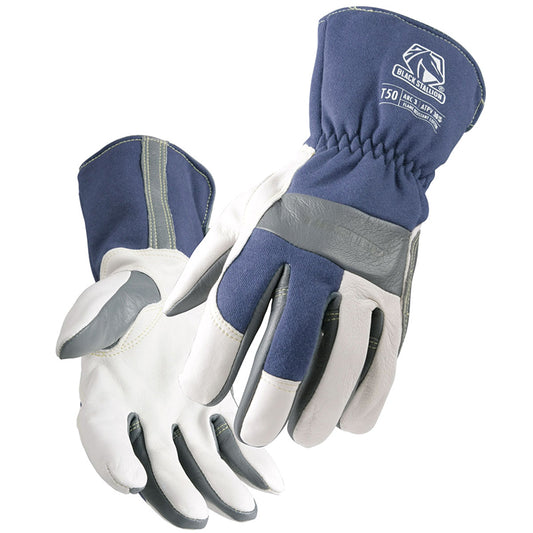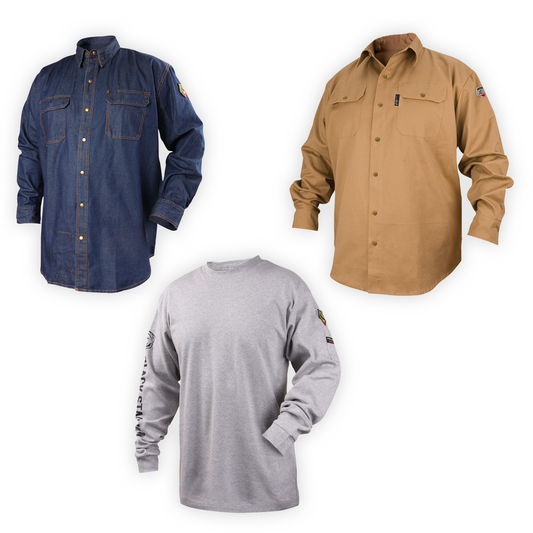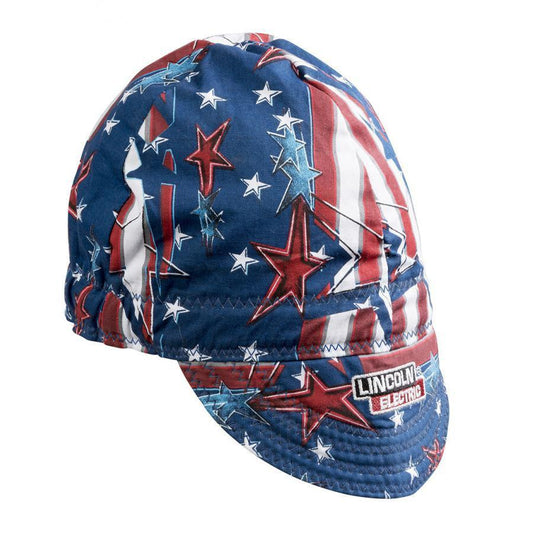What is the difference between soldering, brazing, and welding? Each join metal, right?
Soldering
Soldering has been compared to hot glue. But unlike a gluing process, soldering with filler metals at the junction of workpieces will form a gas- and liquid-tight bond. Soldering uses metal to join metal in a molecular bond that has electrical conductivity. To solder, heat is applied to the parts to be joined. The solder will melt and bond to the workpieces in an alloying process called wetting. Soldering is commonly used for electrical connections, copper plumbing, chimney flashing, and more. When working with stranded wire, solder is drawn up (wicking) by capillary action. The same capillary action has been noted when the workpieces are very close together or touching.
Joint strength depends largely on the filler metal. Soldering is the weakest in comparison with brazing or welding. Solder is usually a lead/tin alloy that melts at a low temperature, lower than the base metal or the pieces needing to be joined. The low temp, low strength of soldering is often referred to as soft soldering. The melting point of the solder material is below 350/400 degrees Celsius. When the base metal is cleaned and flux is applied the molten solder will join the pieces when it cools and solidifies. Silver solder is much stronger than tin/lead alloy solders. Silver soldering uses temperatures requiring a carbon arc torch. Tools used in soldering may include an electric soldering iron for most electrical work, a propane torch for plumbing work, or an acetylene torch for auto body solder work.
Brazing
Brazing is a metal joining process similar to both soldering and welding. Some consider brazing to be a form of soldering. The base metal of the two workpieces to be joined is not fused. As with soldering, they are held together by another element. In this case, the braze. Brazing is done by heating the base metal and melting the brass brazing rod. The rod melts at a lower temperature than the base metal and flows into the joints. The filler metal is heated and distributed between the workpieces by capillary action. Flux is used to ensure a suitable atmosphere. The melted brass alloy flows over the base metal (wetting) and then is cooled to join the pieces. Temperatures are above 450 degrees Celsius. Brazing applications include bicycle frames, carbide saw blade tips on steel saw blades, and more. Brazing reaches higher temperature than soldering and produces a stronger joint. Brazing can be done with some store-bought torches, but is best done with oxy-acetylene torches. Some have done brazing using a carbon arc torch on an electric arc welder. Either way, brazing requires more sill than soldering.
Welding
Welding involves melting of the metal workpieces. The pieces are fused together as the molten metal in the weld joint cools and solidifies. Welding has extensive applications. It is used in many manufacturing and fabricating settings. Welding has been done to build ships, trailers, boats, buildings, and bridges. There are multiple welding processes. And of course, you can learn more about many of the processes here.



